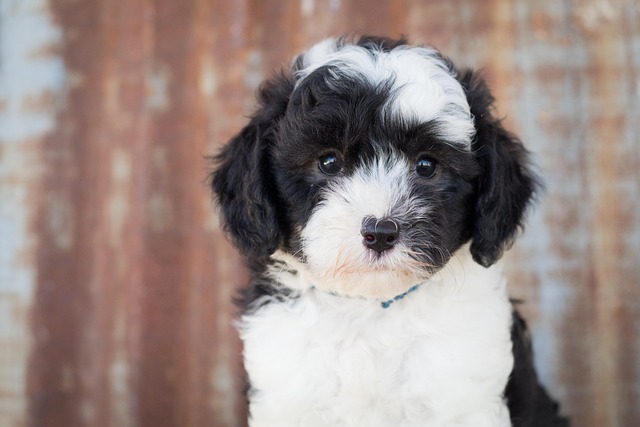
How can I tell if my dog's heatstroke is serious
Let’s be real: It’s a sticky August morning in Los Angeles, and you took your 2-year-old Golden Retriever, Max, for a walk a little later than usual
You’re watching your German Shepherd, Rex, pant heavily after playing fetch in Miami’s July heat – but he barely touches his water bowl. As you wipe drool off your sofa, frustration mounts: How do I get this stubborn pup hydrated? Before reaching for that chicken stock, know that safe hydration boosters walk a fine line between helpful and hazardous.
The science of canine thirst hinges on osmotic triggers and sensory appeal. Dogs have 1/6th our taste buds but superior smell receptors – adding faint meaty scents activates their instinct to seek moisture. Research in the 2024 Journal of Animal Science shows electrolyte-enhanced water increases intake by 40% in active dogs versus plain water. But danger lurks in popular fixes: store-bought broths often contain onion powder (causing hemolytic anemia), while sugary juices risk pancreatitis. The magic formula? Under 100mg sodium per cup with zero xylitol or caffeine.
Try these vet-endorsed additives: First, bone broth gold. Simmer beef knuckles for 24 hours (never cooked bones!), skim fat, and freeze into ice cubes – add one cube per bowl. Second, stealth veggie infusion. Blend steamed cucumber or watermelon (seedless!) with water for subtle sweetness. Third, electrolyte rescue. Mix unflavored Pedialyte with water (1:3 ratio) for sick pups. Atlanta dog owner Carlos Diaz added frozen bone broth cubes during a heatwave, boosting his Husky’s intake by 70%. Apartment dwellers: Use silicone mats under bowls – excited lapping causes spills that warp hardwood floors (a $500 lesson from a Boston high-rise tenant).

Every extra sip comes with civic duties. Increased hydration means more potty trips: Portland fines $250 for unbagged waste within 15 minutes – no "he drank extra broth!" exceptions. Those homemade additives? Require rabies vaccine documentation in case of ingredient reactions (mandatory in 42 states). Culturally, never force Rex’s nose into enhanced water. Instead, reward voluntary drinking with calm praise – this aligns with California’s force-free training laws. Got a messy drinker? Place bowls away from apartment hallways to prevent "broth splash" incidents like the infamous Seattle condo lawsuit over ruined Persian rugs.
By transforming water into an enticing elixir, you’re not just quenching thirst – you’re honoring the responsible pet owner’s creed: science-guided care that respects community and law. When Rex finally laps eagerly, you’ll taste victory.

Let’s be real: It’s a sticky August morning in Los Angeles, and you took your 2-year-old Golden Retriever, Max, for a walk a little later than usual

You're enjoying a summer afternoon at the park when you notice your dog has stopped panting and appears disoriented - their gums are bright red

Let’s paint the picture: You’re in your Denver apartment, watching your 4-year-old Boston Terrier, Ruby, plop down mid-play session with her favorite toy

Many dog owners notice their pets nails seem shorter after regular walks,but how much does this daily activity actually help?The answer depends on where you walk—concrete sidewalks or asphalt streets gently file nails as a dog's paws hit the ground

Most dog owners notice their pup scooting across the carpet at some point, but few connect it to impacted anal glands. These small sacs near a dog’s rectum secrete a scent for marking territory

Most vets agree that regular dog teeth cleaning is key to avoiding painful dental issues later. For healthy adult dogs, a professional cleaning at the vet’s office every 12 to 18 months usually works well.